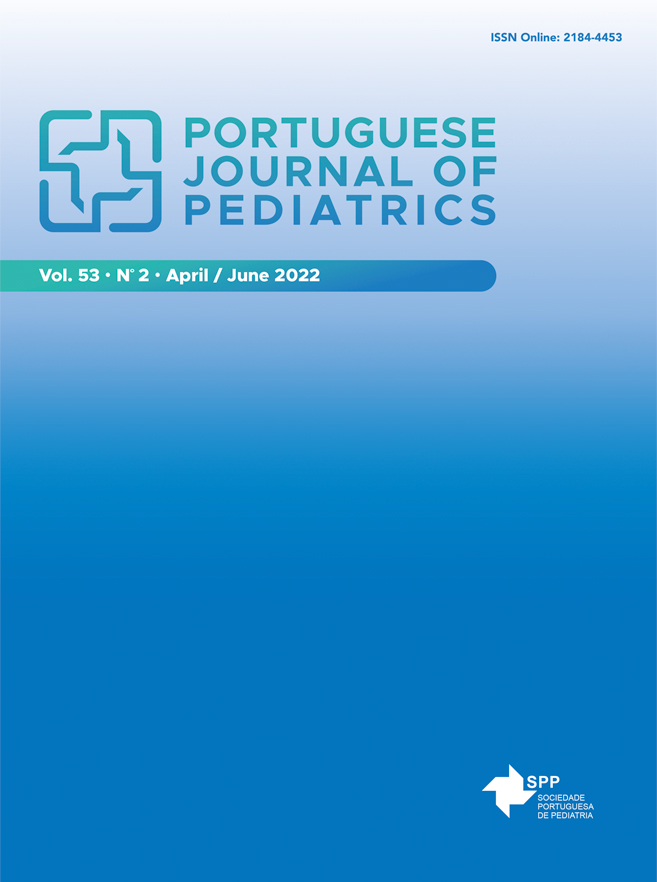Late Preterm Newborns: Do We Already Know Everything About Them?
DOI:
https://doi.org/10.25754/pjp.2022.24957Abstract
Introduction: The preterm birth rate is on the rise, and late preterm deliveries account for 75% of preterm deliveries. Late preterm newborns were for many years considered full-term newborns; however, their particularities have been recognized in the last decade, particularly in terms of the higher rate of complications in the neonatal period. This study aimed to analyze the factors associated with greater morbidity in late preterm newborns.
Methods: In this cross-sectional study we reviewed the medical records of mothers and their late preterm infants born at our hospital during a four-year period. Logistic binary regression analysis was used to identify predictors of morbidity and control the confounding variables.
Results: The study included 576 newborns, of whom 28% (n = 164) had some morbidities, the most common of which included respiratory distress syndrome and hyperbilirubinemia. The morbidity rate varied inversely with gestational age. A lower gesta- tional age, being small for gestational age, and the incomplete use of antenatal corticosteroids were identified as risk factors for morbidities (p < 0.01). Antenatal corticosteroids were apparently more used on the newborns who later developed respiratory distress syndrome (p < 0.01). In contrast, type of delivery, medically assisted reproduction, and pregnancy morbidity did not influence neonatal morbidity.
Discussion: Some well-known risk factors were confirmed for neonatal morbidity; however, there was no evidence to confirm the association between other determinants mentioned in previous studies and the increased risk of morbidity in our study samples, such as cesarean section, gemelarity, or fetal growth restriction.
Downloads
Downloads
Published
Issue
Section
License

This work is licensed under a Creative Commons Attribution-NonCommercial-NoDerivatives 4.0 International License.









